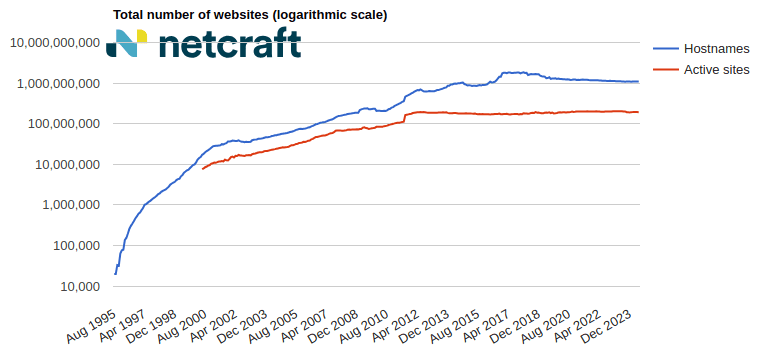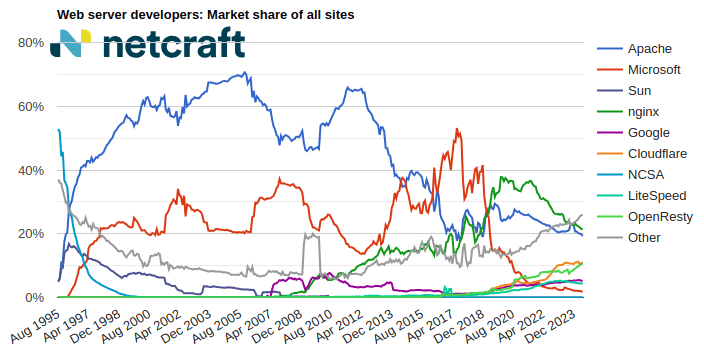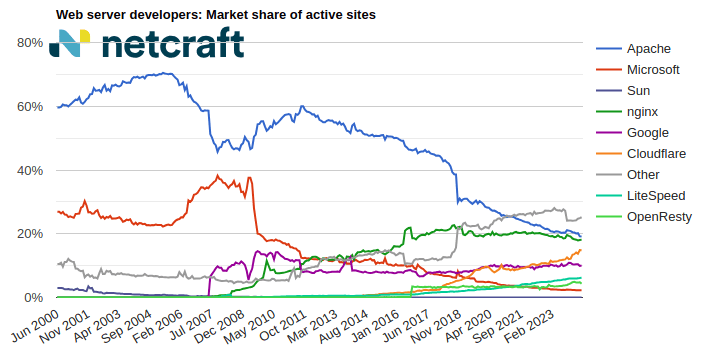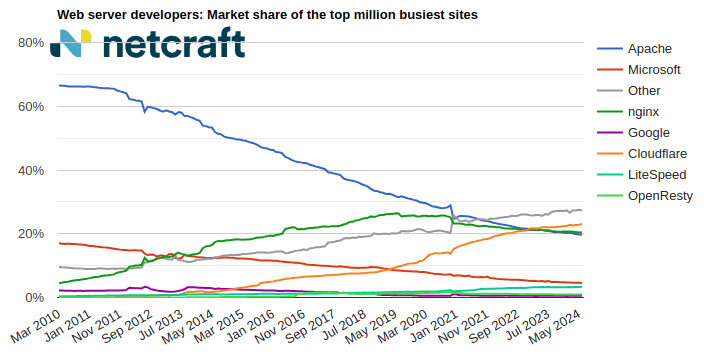Sophisticated AI-generated Gitbook lures phishing the crypto industry
For the past year, Netcraft researchers have been tracking a threat actor using generative AI to assist in the creation of 17,000+ phishing and lure sites. These sites operate as infrastructure for phishing attacks that target more than 30 major crypto brands, including Coinbase, Crypto.com, Metamask, Trezor, and others.
These sites form part of a sophisticated, multi-step attack. The attack utilizes lure sites to hook victims, phishing sites to capture details, and a Traffic Distribution System (TDS) used to mask the relationships between attack infrastructure. With advanced deception techniques, like the ability to capture 2-factor authentication codes, this campaign highlights several of the most innovative capabilities of modern multi-channel phishing threats.
As phishing attacks become more complex than ever, recent advancements in generative AI further enhance these attacks by enabling threat actors to rapidly automate the creation of unique content that convincingly impersonates a wide variety of targets. The use of gen AI is also evident in other forms of cybercrime, such as donation scams and Advance Fee Fraud.
Interestingly, many of these AI-generated lure sites do not link to a phishing website, which appears deliberate. These are likely not designed for victims but instead suggest an attempt to flood the Web with similar content, making it harder to find the malicious needles in an AI-generated haystack. Without gen-AI, this new deception technique would be impossible for criminals, even criminal groups, to deploy at scale. For those combatting these threats, utilizing AI, ML, and automated techniques to detect and monitor threats is paramount in identifying and disrupting these nefarious techniques at any scale.
Anatomy of the attack
The attack starts with the victim visiting an AI-generated lure site. Lure sites hook unsuspecting victims into a scam and encourage them to complete an action, such as visiting another site, …
Continue reading Sophisticated AI-generated Gitbook lures phishing the crypto industry




